SUMMARY
This is AI generated summarization, which may have errors. For context, always refer to the full article.
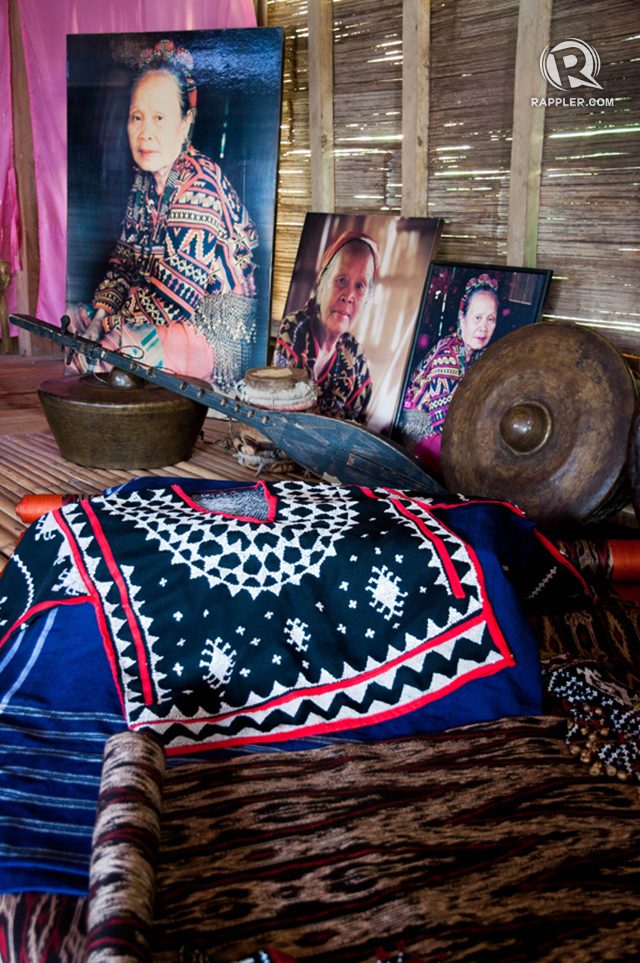
LAKE SEBU, Philippines – To say her death was a great loss is an understatement. Lang Dulay is irreplaceable.
She was buried with full state honors on Thursday (May 28), 28 days after she breathed her last.
Before she went to eternity, she was confined in the hospital for 40 days, living on ventilator and suction machine after suffering from a massive stroke in January this year. She collapsed into a coma at the hospital.
After mounting bills and little progress, her family decided to send her home. For the next two months, her granddaughters took turns taking of Lang Dulay until her unresponsive 91-year-old body gave way.
A state funeral was organized for her and it took 4 weeks for the Tboli community in Lake Sebu to part and let go with their greatest treasure.
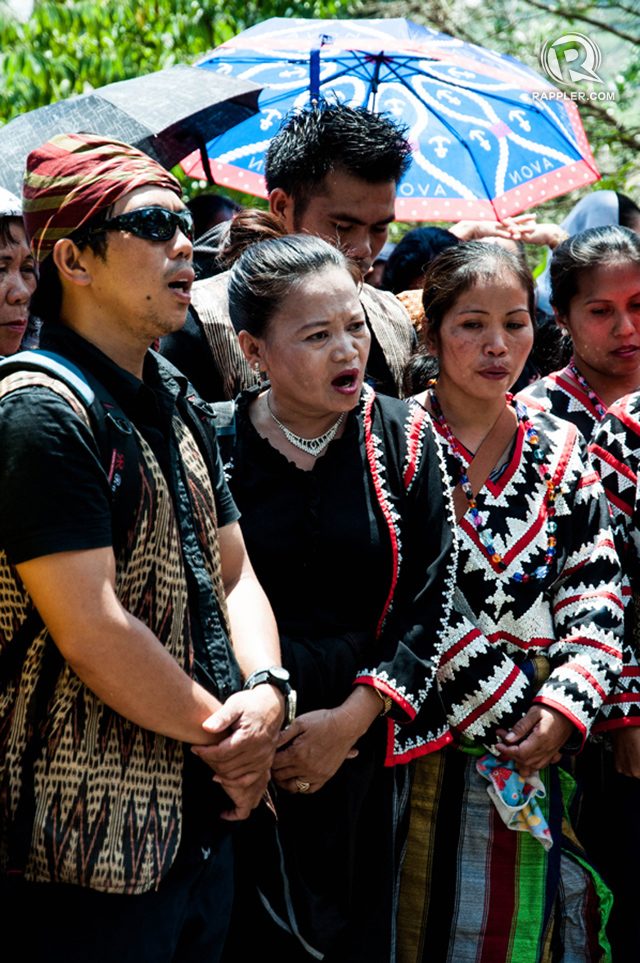
They cried and sang for her.
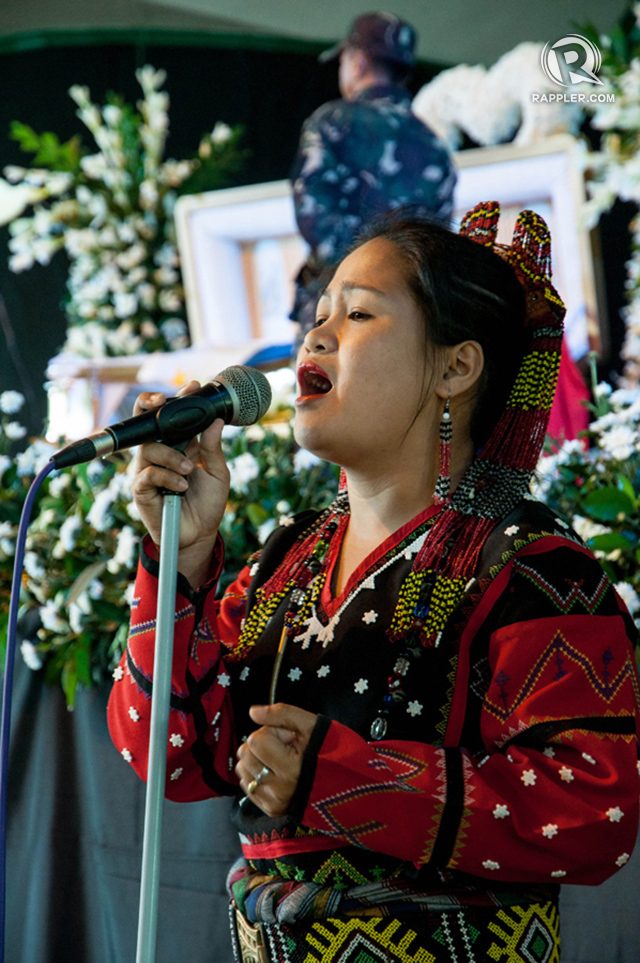
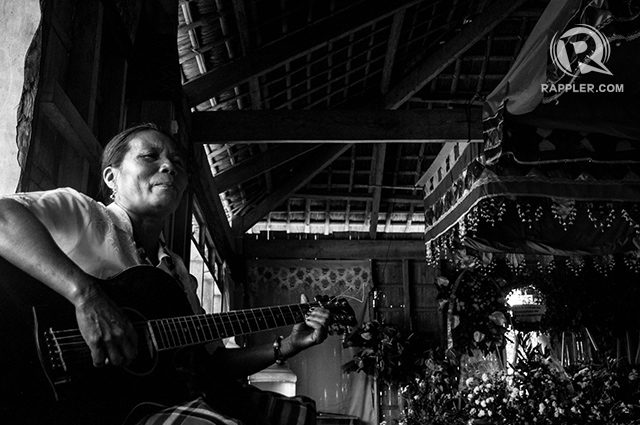
Everyone in their village was in tears – her granddaughters and only living son included, especially as her casket was lowered in a shrine perched on a hill just above the weaving house built for her by the National Commission for Culture and the Arts (NCCA).

There, she will forever get a glimpse of her workshop through the window that peeks into her tomb.
Lang Dulay is a true national artist. The only one in her class conferred the Gawad Manlilikha ng Bayan.
Great tribe
The Tbolis belong to the many indigenous tribes that dot the hinterlands of the southwestern part of the once undivided Cotabato empire.
They found permanent homes around Lake Sebu, one of the 3 mountain lakes in the scenic province of South Cotabato.
They are well-known for their ornate and intricate brass works and musical instruments like the kubing (bamboo mouth harp) and the 2-stringed hegalong to go along with their great artistry in tribal dances. They can mimic everything with their dance – from the birds to the flowers of their lush and verdant forests, including relationships between people.
Most of all, they are famous for their tnalak, the Tboli cloth woven out of abaca fiber and natural dyes.
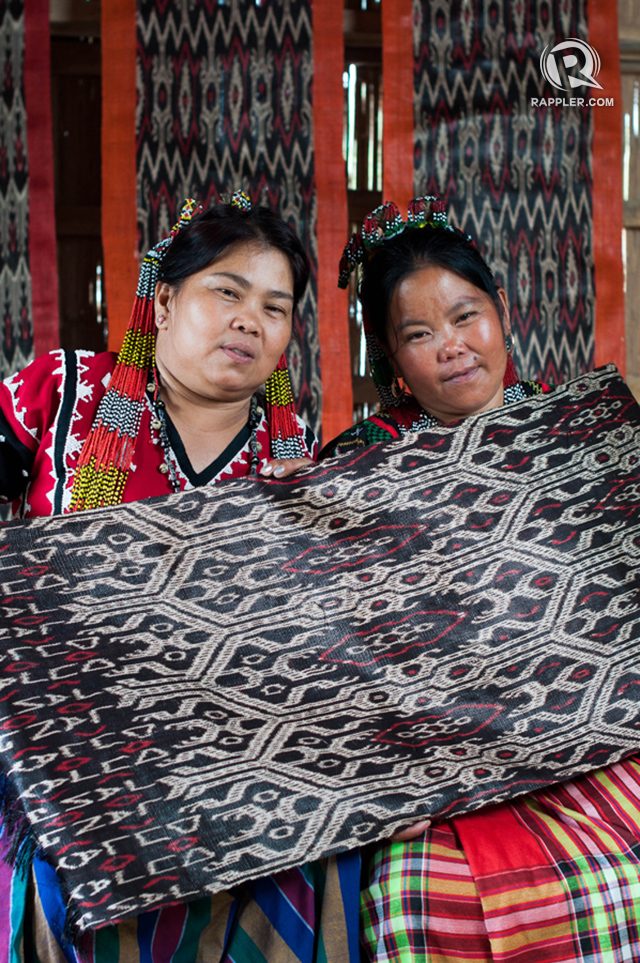
Icon
Lang Dulay is her tribe’s iconic figure and great ambassadress of the art of traditional tnalak weaving.
In 1998, President Fidel Ramos conferred her the Manlilikha ng Bayan award for her outstanding craft and masterpieces that made the tnalak – and the Tbolis – famous the world over.
Anita Dulay, her granddaughter, said Lang Dulay designed and wove over 100 tnalaks. But she quit weaving in 2011 and concentrated on designing due to advancing age. The last design she made was bought by the NCCA after she died.
Each design is unique and, of late, it included a signature found across the lower edges of her masterpieces. It simply states LANG DULAY vertically spelled and woven into the cloth.

The signature may be simple. The designs are not. Legends have it that a goddess Fu Dalu taught the Tboli woven to weave the cloth in their dreams.
Thus the Dreamweavers. And among the dreamweavers, Lang Dulay is nonpareil.
Craft as an art
Lang Dulay elevated the craft of tnalak weaving into an art.
Most of all, she made their ancestral town famous all over the world.
“Dulay knows a hundred designs, including the ‘bulinglangit’ (clouds), the ‘bankiring’ (hair bangs), and the ‘kabangi’ (butterfly), each one special for the stories it tells. Using red and black dyes, she spins her stories with grace. Her textiles reflect the wisdom and the visions of her people,” Maricris JanTobias wrote in the website of NCCA.
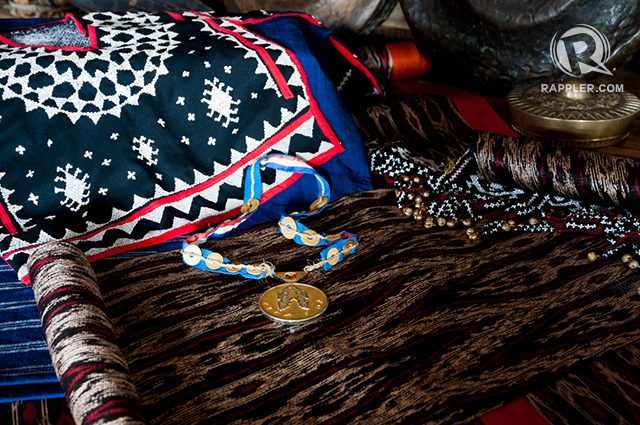
Inside the weaving house, a middle-aged student of the late Tboli artist strummed the guitar and sang haunting songs lamenting Lang Dulay’s loss while her hearse was on its way back home from the state funeral at the town gym.
She chanted of how Lang Dulay almost singlehandedly made the Tbolis of Lake Sebu and tnalak famous all over the country and throughout the world.
She will be missed
The Philippine world of culture and arts truly mourned the death of Lang Dulay.
But for the family, they lost more than just their matriarch. They lost an inspiration.
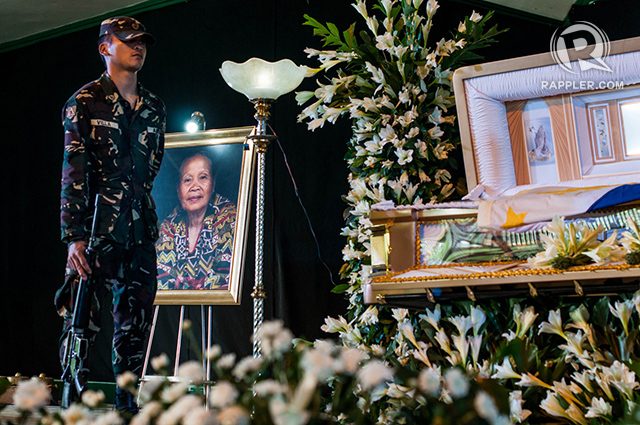
Anita said since her grandmother was conferred the national artist title, she was able to train 46 weavers who now make their own designs. There were many others who learned their craft before them. Many have become successful designers.
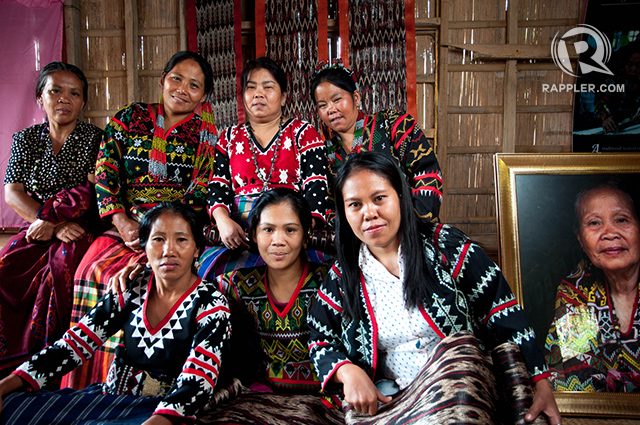
She however points to her 41-year-old younger sister Noemi, who has inherited Lang Dulay’s mantle as apparent successor. Lang Dulay, perhaps by design, made sure Noemi inherited her weaving skills.
She adamantly refused to let her granddaughter go to school to concentrate on weaving and designing tnalaks.
As fate would have it, all 8 girls of her 21 grandchildren are into weaving.
Lang Dulay never bore a daughter. She had only two boys. One of them is 71-year-old Florencio. The other, Minggod, is already dead.
Uncertainty ahead
The master weaver was the 3rd of her husband’s 6 wives.
At the time of her death, she was receiving P30,000 monthly stipend from the government as a national artist.
That already stopped in May.
Anita said NCCA chair Felipe de Leon encouraged them to apply for a grant to make Lang Dulay’s weaving house a school of living tradition (SLT).
With her grandmother’s death, Anita looks to their uncertain future.
The P96,000 that the NCAA paid for all the looms and 2 pieces of tnalaks, including 2 unfinished works of Lang Dulay, will soon dry up.
While tnalaks woven by Lang Dulay command a generous price of P1,200 per meter, a single piece takes up to 3 months to finish. From stripping the abaca fiber to looming, drying, designing, cooking, drying again and finally weaving.
They may be forced to, one day, sell heirlooms left behind by their grandmother. These included the blouse and the malong (tubular skirt) Lang Dulay wore when she received her national artist award in Malacañang.
Many will definitely dream to possess them.
After all, Lang Dulay was called the Living Treasure of her tribe when alive.
In death, Lang Dulay she loomed larger than life. – Rappler.com
Add a comment
How does this make you feel?
There are no comments yet. Add your comment to start the conversation.